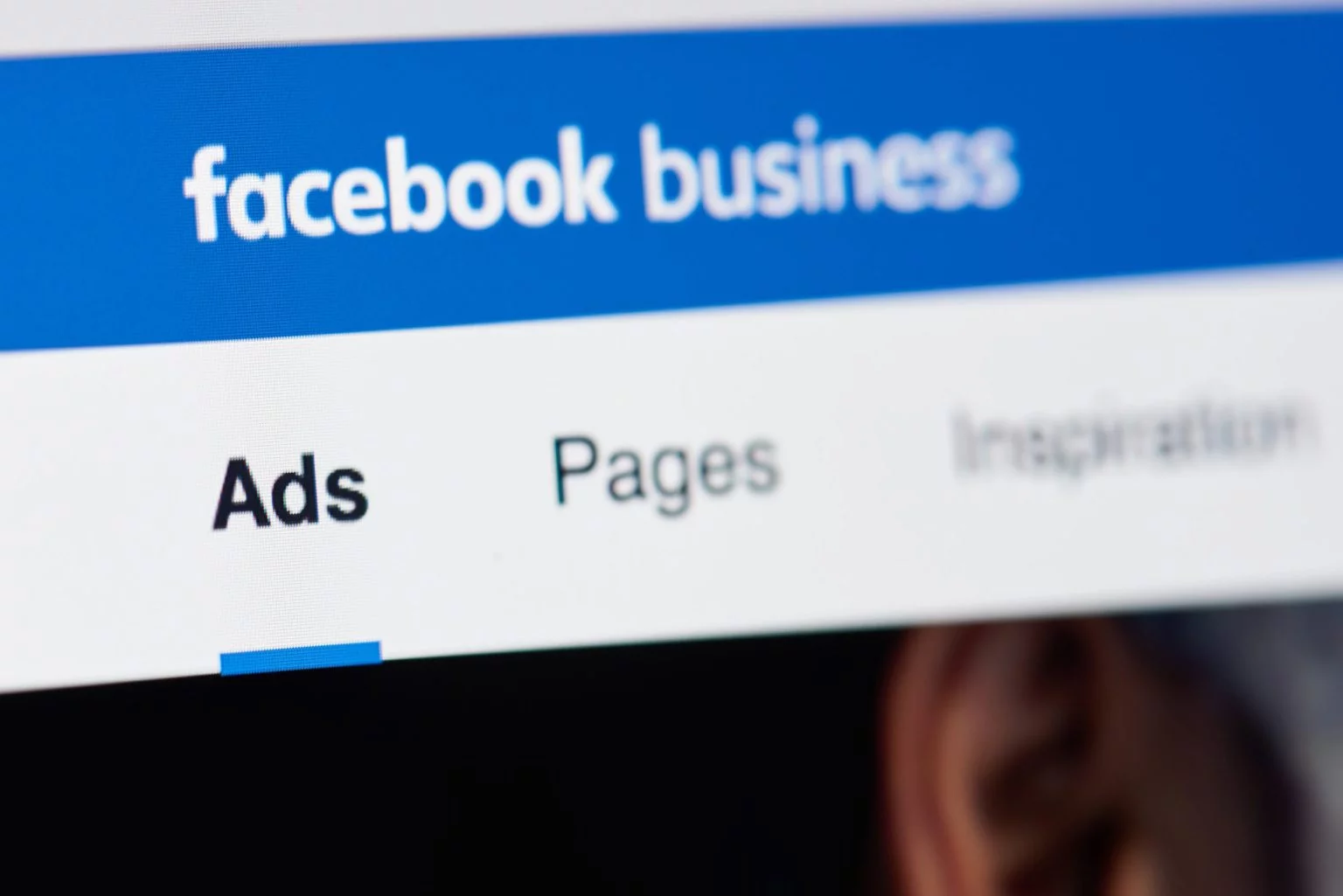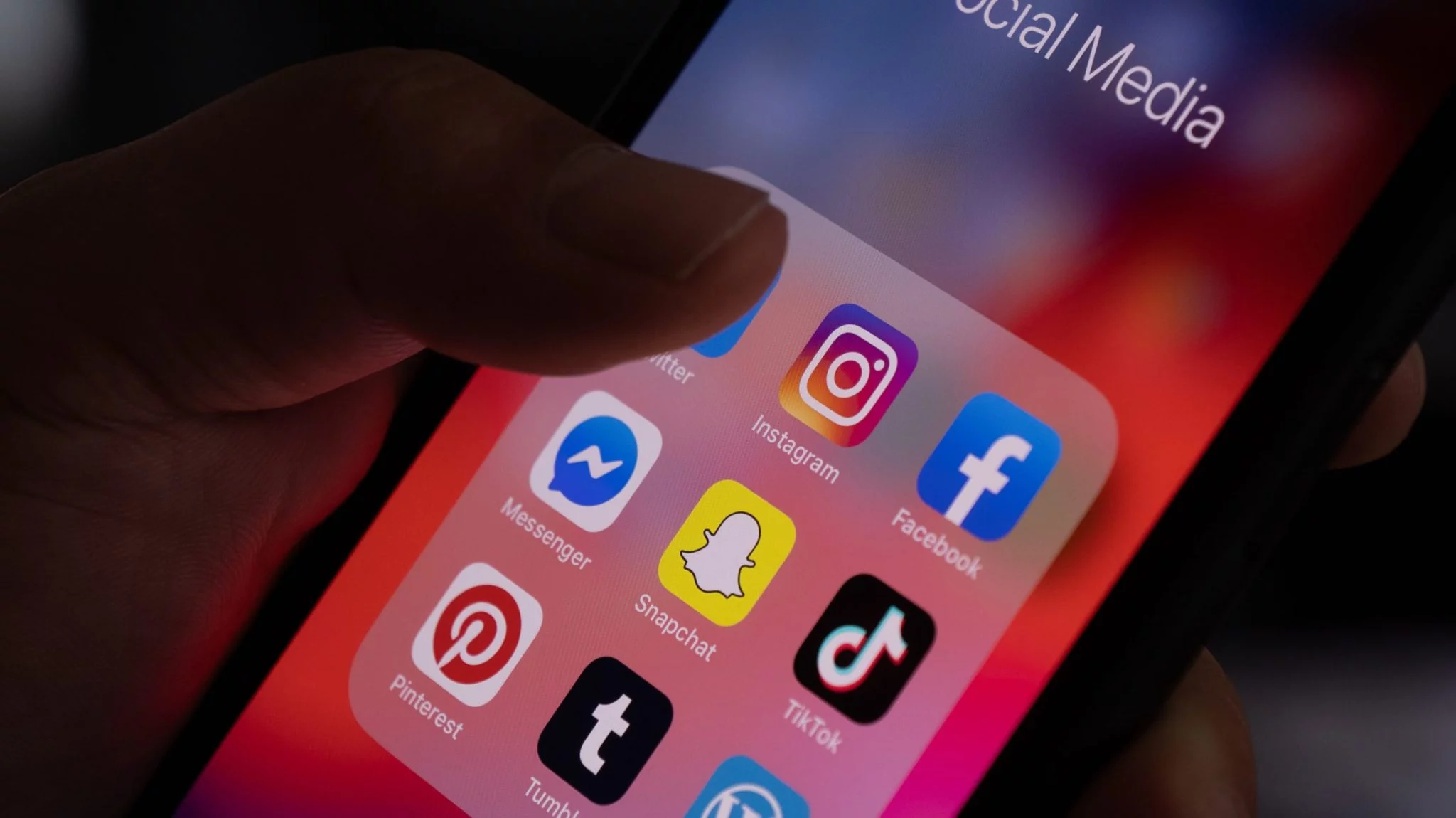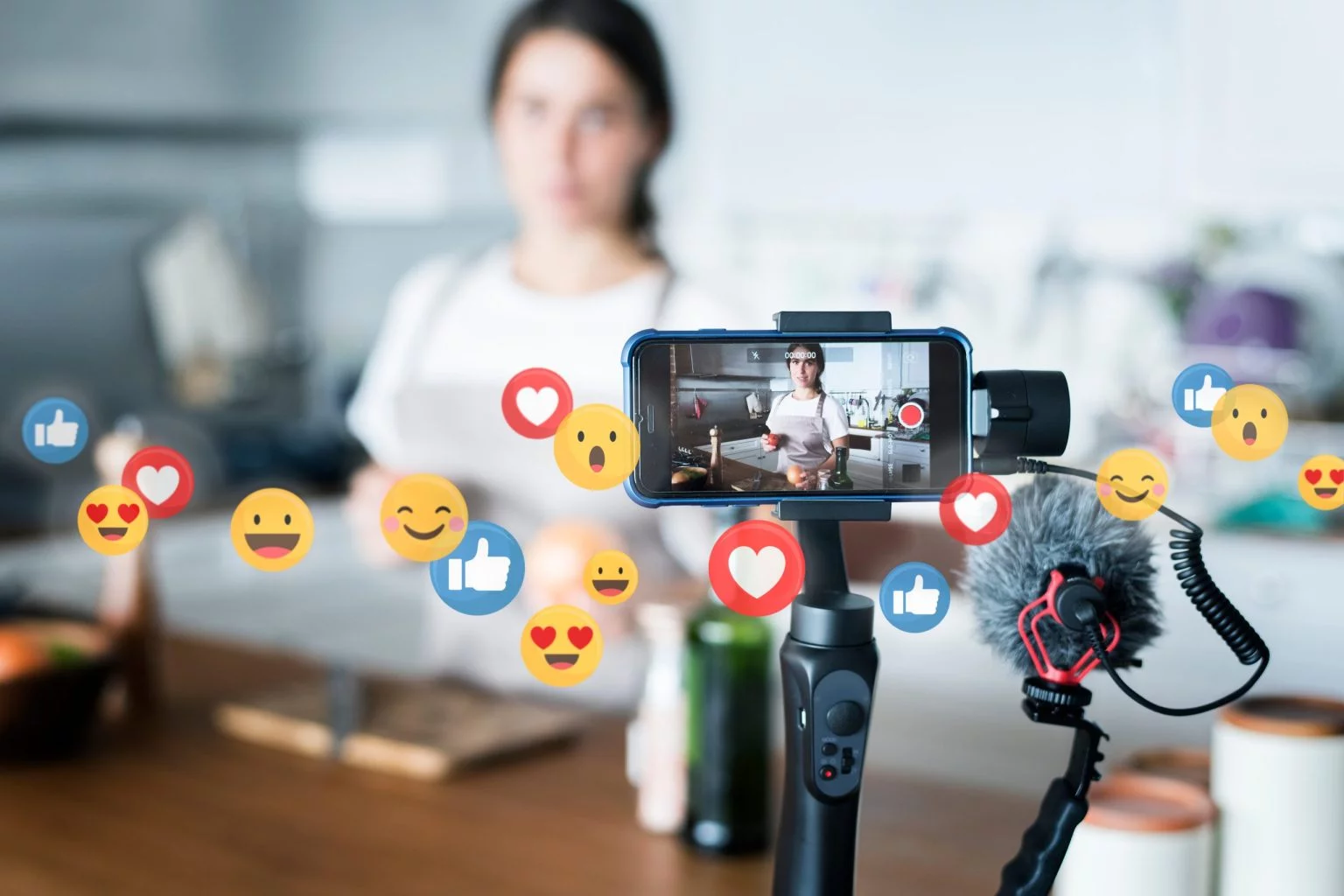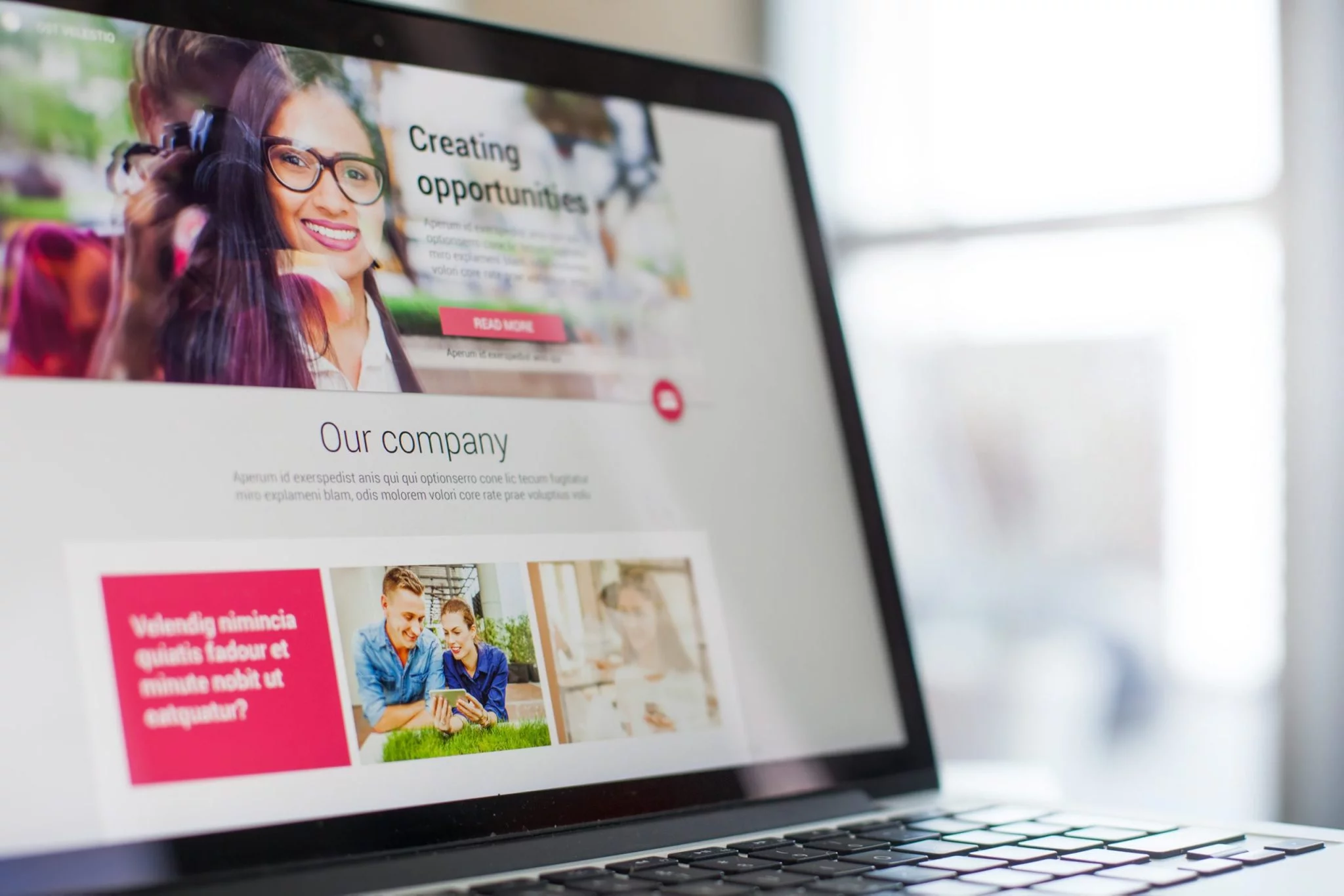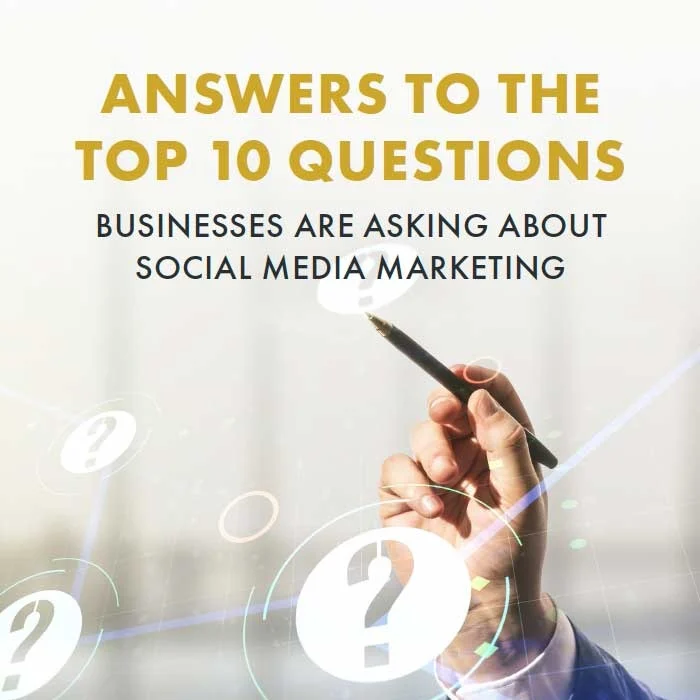Sure, most businesses want more leads coming in from their marketing efforts. And as we’ve broken down in a recent eBook, inbound marketing is one of the best ways to generate more leads.
But there’s one misconception that we have to warn you about: “All leads are the same and should be approached by a sales team as quickly as possible.” Not so fast. While that would be nice, it’s simply not the way that humans work. Think about it: When you’re interested in a product or service, you likely want to do a little research of your own before consulting with a sales representative and ultimately, swiping your credit card. You may be a lead, but you’re a lead who needs nurturing before purchasing.
The same is true for any business in any industry. Not all leads are created equal. Business owners, marketers, and sales teams alike must understand this realization before attempting to make contact with the leads your inbound marketing strategy will bring to you. Below, we’re breaking down the different types of lead lifecycle stages that exist, as well as the action steps that your business should take to nurture each.
Different Types of Leads
Leads can be categorized into different lifecycle stages based on their behaviors, such as subscribing to a blog list or downloading an eBook. Marketing automation software, like HubSpot, makes knowing detailed information like this a breeze. Paying attention to a lead’s actions signifies where they are in their buyer’s journey and how businesses are to proceed with them. Do they need to be given more in-depth information? Or are they ready to speak with a sales team now?
Here are the main, lead lifecycle stages that are a must-know for your business:
Subscriber
A subscriber is a contact who knows of your business and has opted in to hear more from you. Subscribers are likely website visitors who have signed up for your blog or newsletter. They are probably in the awareness stage of the buyer’s journey, or the beginning, research-oriented phase. Don’t hand these leads off to sales yet. Continue to nurture them by sending consistent emails with links to your recent blog posts.
Lead
A lead is a contact who has shown sales-readiness beyond being a subscriber. An example of a lead is a contact who signs up for a content offer from your business, like downloading an eBook. There are two main types of leads that fall within this category: marketing qualified leads and sales qualified leads.
Marketing Qualified Lead (MQL)
A marketing qualified lead is a contact who has engaged with your team's marketing efforts. This could mean that they responded to a specific form in one of your marketing campaigns. It’s important to use your best judgment here, but typically, MQLs are still not ready to be contacted by a sales department. It is a best practice, however, for marketing teams to follow up with MQLs, sending a noninvasive email that offers their expertise should the MQL have any questions about the content they have consumed.
Bottom line: Your business must be ready to continue to nurture MQLs until they reach a sales-ready point. What content do you have to offer on your website that can further educate these leads?
Sales-Qualified Lead (SQL)
A sales qualified lead is a contact who has indicated through their actions that they are ready for a direct sales follow-up. An example of a SQL is a contact who submits a question about your product through a contact form. This is a direct request for assistance and obviously, should be handled by a sales team that is ready and able to offer their insight and when appropriate, introduce the idea of purchasing a product or service for the first time.
Opportunity
An opportunity is a contact who is a real sales prospect. Leads should be classified as opportunities after an initial meeting has occurred and/or after a proposal has been presented.
Customer
Well, you probably guessed this one, but a customer is a contact who has chosen to make a purchase from your business. It’s important to note that just because a lead has converted into a customer does not mean that communication and the sharing of educational, inbound content should cease. Businesses should continue to delight their customers by sharing helpful post-sale information and being available to answer questions and promptly solve customer service needs.
Why It All Matters
Once your business understands that not all leads are created equal and knows how and when to categorize your leads, then you can truly start to implement the tried-and-true inbound principles that are designed to generate more customers! Organizing your contacts database by lead lifecycle stages is crucial for segmenting and nurturing your leads appropriately. It’s all about bringing the right conversation to the right person at the right time, giving your business the best chance to gain new customers!



.webp)





